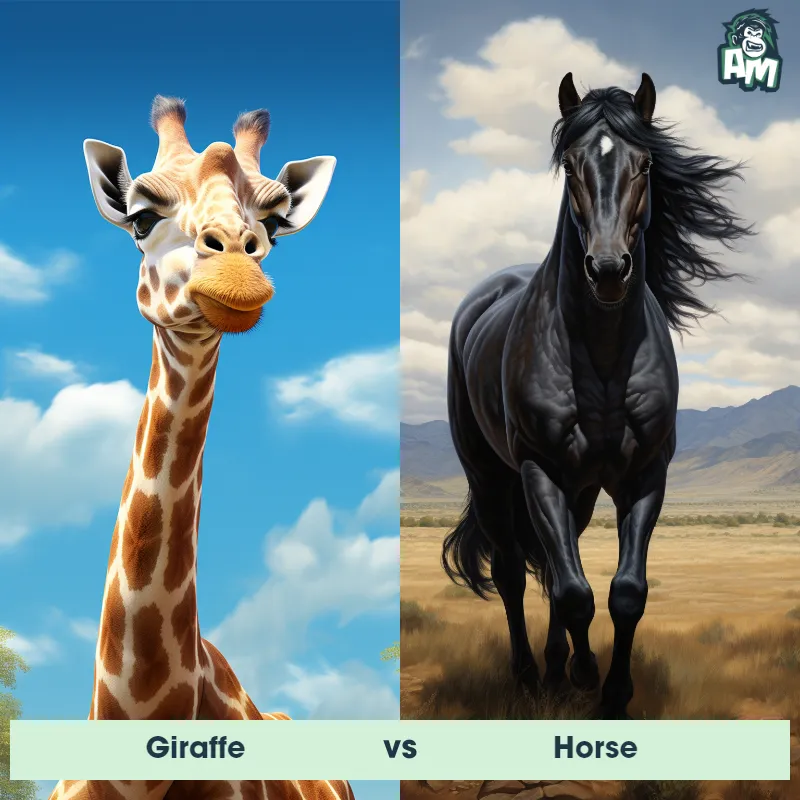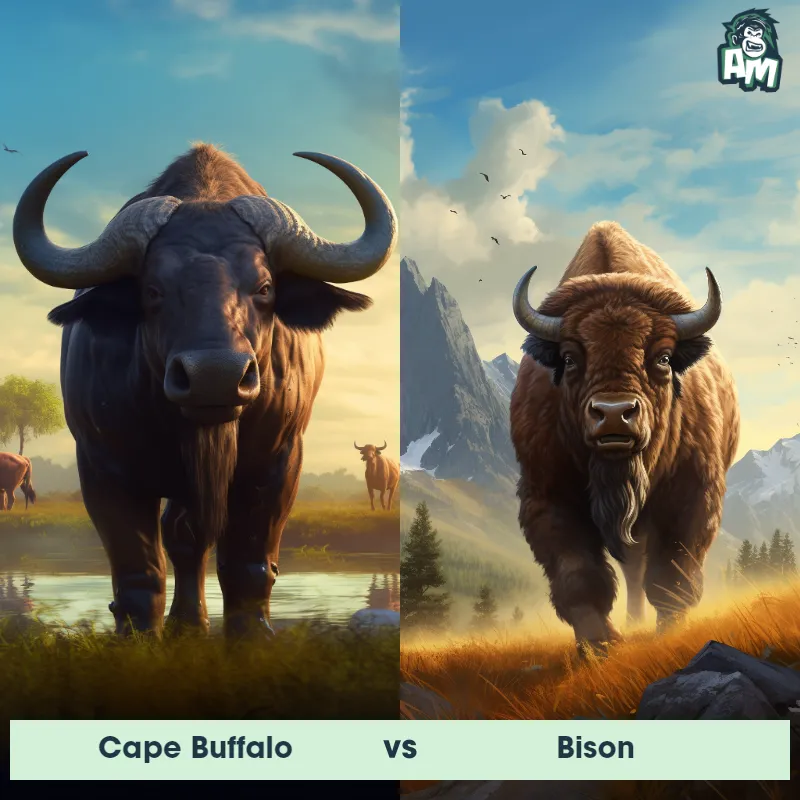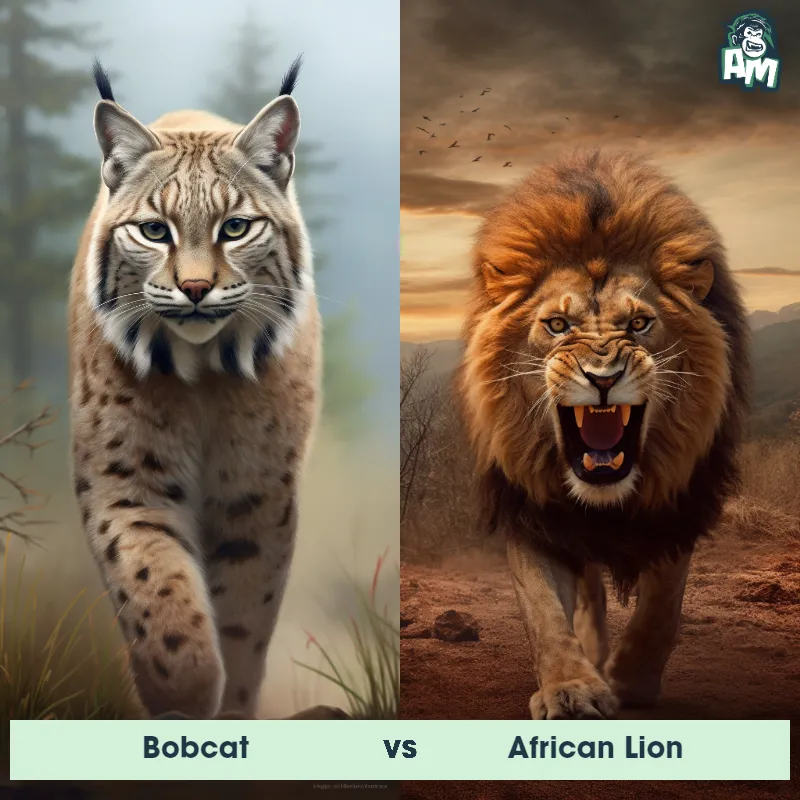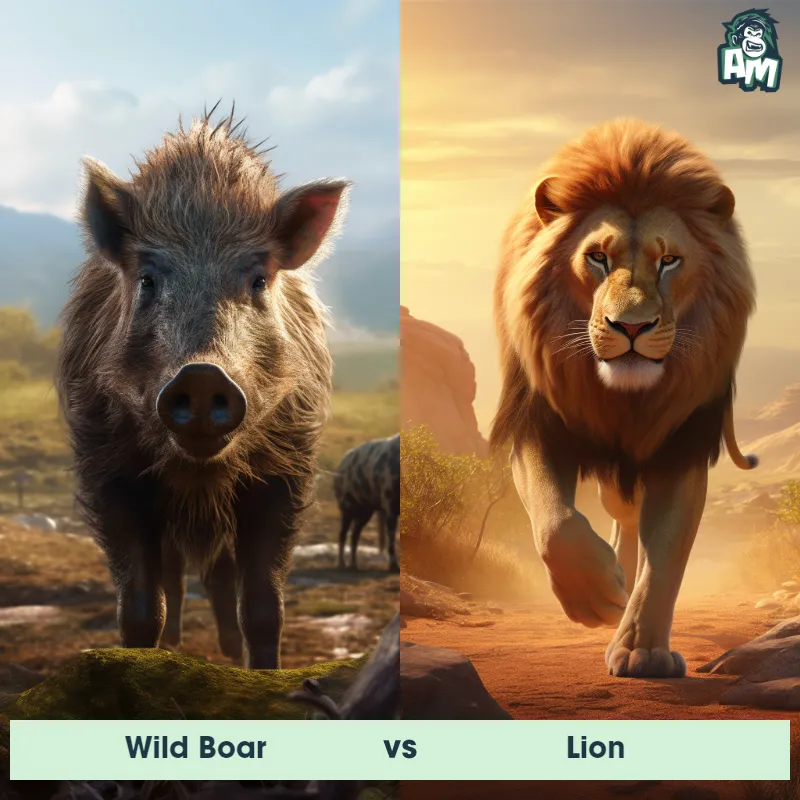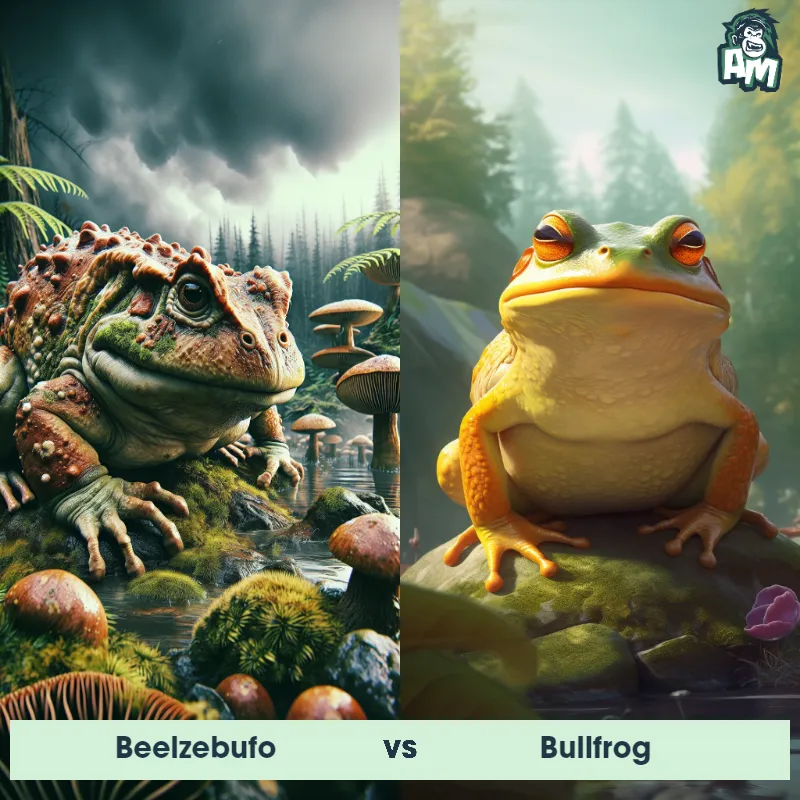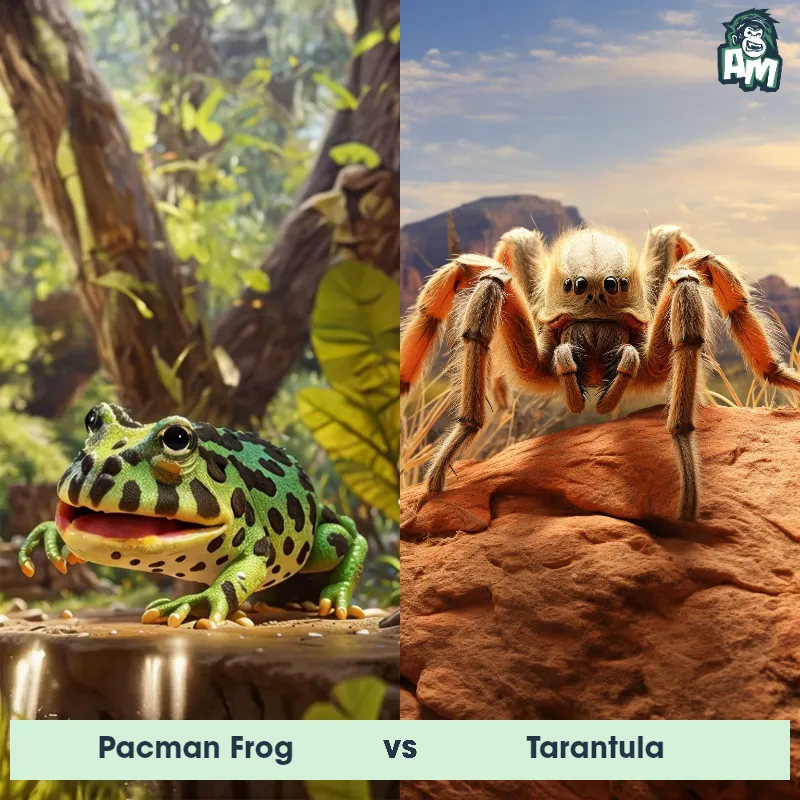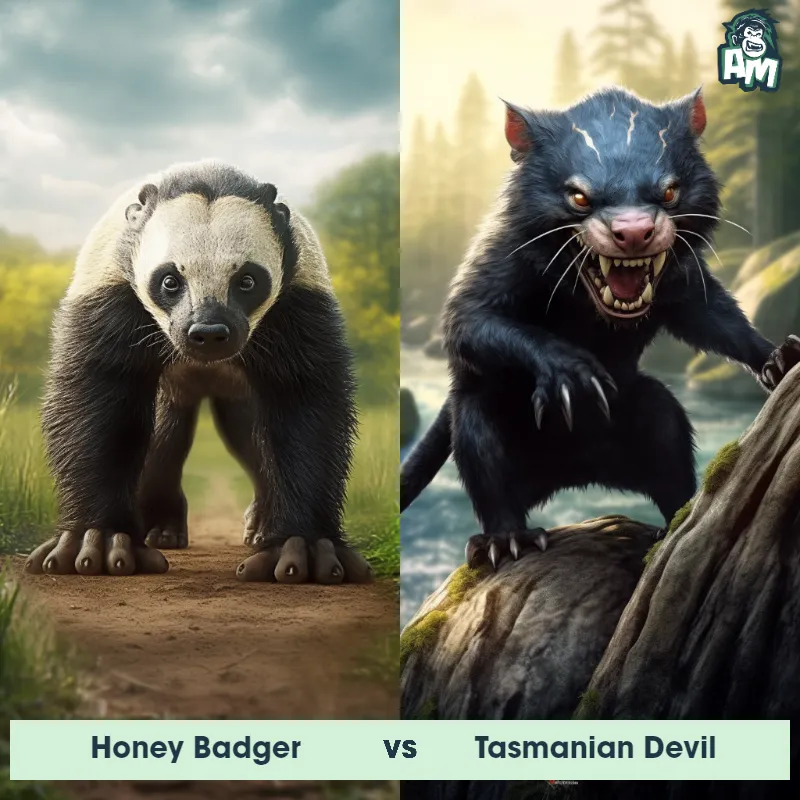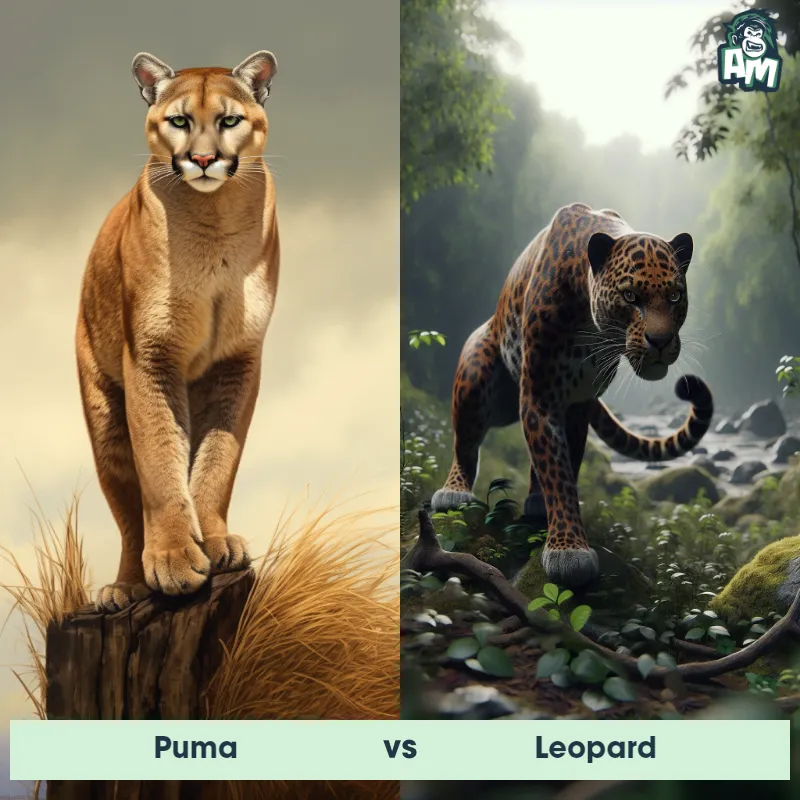Lynx vs Honey BadgerSee Who Wins

Ladies and gentlemen, welcome to this thrilling matchup between two fierce competitors in the animal kingdom! We have the agile and cunning Lynx going up against the relentless and fearless Honey Badger. This is the clash of the predators, folks, and we're in for a wild ride tonight!
Contender 1: Lynx
The Lynx is a medium-sized wild cat with distinctive tufted ears, short tail, and spotted fur. They have powerful legs and sharp claws, which make them excellent hunters. Lynx are solitary animals and are found in forests and mountainous regions across Europe, Asia, and North America.
Fun Fact: Lynx have excellent hearing and can detect prey up to 75 feet away, even under a thick layer of snow.
Contender 2: Honey Badger
The Honey Badger, also known as the ratel, is a small carnivorous mammal found in Africa, Southwest Asia, and the Indian subcontinent. They have a stocky build, with a broad head, powerful jaws, and sharp claws. Their fur is thick and coarse, ranging in color from gray to black with a distinctive white stripe on their back. Honey Badgers are known for their fearless and aggressive nature, often taking on animals much larger than themselves, such as lions and hyenas. They are also known for their ability to withstand venomous snake bites and their love for honey, which they obtain by raiding beehives.
Fun Fact: Honey Badgers have been known to dig up and eat buried human corpses, earning them the nickname "the world's most fearless animal."
Matchup Stats
| Lynx | Honey Badger | |
|---|---|---|
| Size | 18-24 inches (45-60 cm) at the shoulder | 25-30 inches (63-76 cm) in length |
| Weight | 18-24 pounds (8-11 kg) | 19-26 pounds (9-12 kg) |
| Speed | Speed: 50 mph (80.47 km/hr) | Speed: 20 mph (32.19 km/hr) |
| Key Strength | Powerful legs and sharp claws | Powerful jaws and sharp claws |
| Biggest Weakness | Short tail | Short legs and small size |
Current Votes
Lynx vs Honey Badger
See Who Wins
View More Matches
Looking For More?
Similar Matches
Scientific Stats
| Lynx | Honey Badger | |
|---|---|---|
| Scientific Name | Lynx | Mellivora capensis |
| Family | Felidae | Mustelidae |
| Habitat | Forests and mountainous regions | Terrestrial |
| Geography | Europe, Asia, and North America | Africa, Southwest Asia, and the Indian subcontinent |
| Diet | Small mammals, birds, and fish | Carnivorous, eats small mammals, birds, reptiles, insects, and honey |
| Lifespan | 10 years - 15 years | 24 years - 26 years |
Key Differences between Lynx and Honey Badger
- Ears: The Lynx is known for its prominent, tufted ears, which are black at the tips and can reach several inches in height. These tufts enhance their hearing ability and also play a role in communication. In contrast, the Honey Badger possesses relatively small and rounded ears, lacking the distinctive tufts.
- Facial Structure: Lynxes possess a characteristic facial ruff under their ears, which resembles a beard and enhances their visual appearance. They also have sharp whiskers that aid in navigation and hunting. In contrast, the Honey Badger lacks a facial ruff and has shorter whiskers compared to the Lynx.
- Coloration: The Lynx has a distinctive fur pattern with a gray or brownish-yellow coat, adorned with black spots or stripes, which provides effective camouflage in its forest habitat. On the other hand, the Honey Badger displays a uniform coarse and grizzled fur, colors varying from pale gray to dark brown, which helps it blend into its arid and grassy environments.
- Habitat: Lynxes are primarily found in colder and forested regions, such as the boreal forests of North America, Europe, and Asia, where their thick fur provides insulation. Honey Badgers, however, are adapted to warmer climates and inhabit a wide range of environments, including savannas, grasslands, and deserts, across Sub-Saharan Africa, the Middle East, and the Indian subcontinent.
- Tail: The Lynx exhibits a short, stubby black-tipped tail, usually 4 to 8 inches in length, which aids in balance and communication through various tail movements. Conversely, the Honey Badger has a long, bushy tail with horizontal bands of alternating light and dark fur, which may be raised during displays of aggression or defensiveness.
- Size: The Lynx is significantly larger than the Honey Badger, with adult Lynxes reaching lengths of up to 3 feet and weighing up to 30 pounds, while adult Honey Badgers are generally around 2 feet long and weigh up to 35 pounds.





